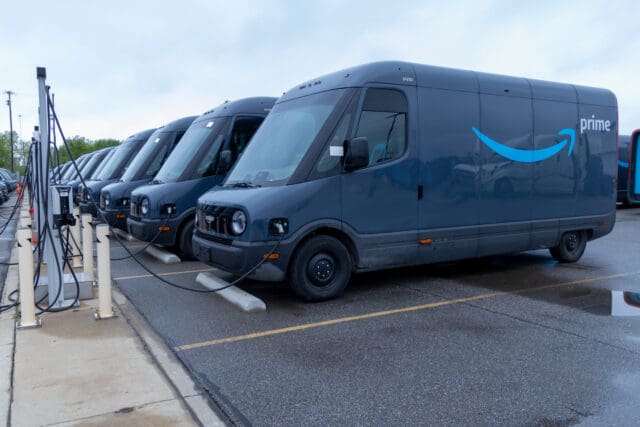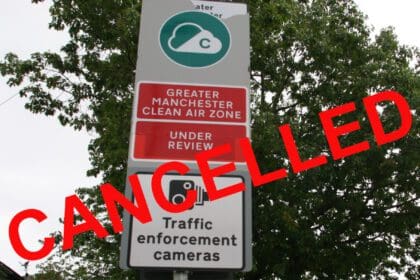In 10 years, all new vehicles sold in the UK must produce zero emissions, including taxis and PHVs. While this sounds simple enough, the road to it has seen plenty of twists and U-turns.
Original decarbonisation plans drawn up by Theresa May’s Government in 2017 banned the sale of new petrol and diesel vehicles from 2040. Her successor, Boris Johnson, brought this forward to 2030 before Rishi Sunak pushed it back to 2035 – along with self-charging hybrids which are hugely popular with taxi drivers – because of practical issues such as the charging infrastructure and expense.
Zero-emissions
Now the Labour Government has launched a consultation to reintroduce the 2030 ban, with 2035 being the date from all new vehicles must be zero-emission.
The consultation closed on February 18 and allowed everyone from manufacturers to businesses and those who drive for a living to share their views.
As the deadline looms, businesses that operate in the UK have adopted different approaches to the zero-carbon mandate.
Fleet News reports that as well as replacing diesel vans with electric equivalents, Amazon has placed the “biggest-ever” order for electric trucks, with more than 150 eHGVs being delivered over the next 18 months.
The move will also see Amazon install fast-chargers at key sites to charge the 40-tonne Mercedes-Benz eActros 600 trucks from 20% to 80% in just over an hour, giving them a range of 310 on full charge.
Nicola Fyfe, EU vice president of Amazon Logistics, said: “This is a win for our customers, the environment and our business.”
The AA is going down a similar EV route, according to Fleet News, by adding 30 full-electric and plug-in hybrid electric vehicles to its low-carbon roadside service fleet as part of a live trial.
Patrol drivers will have chargers installed at their homes so the vans can be ready ahead of a shift, as well as having access to chargers during a patrol. The Ford Transit Custom vehicles will have a range of up to 236 miles, with towing a broken-down vehicle expected to reduce this to 120 miles.
AA head of fleet Duncan Webb said: “These vehicles became the first operational EV recovery trucks of their kind in the UK, and the early signs are very encouraging.
“If current trends shown in our ‘test and scale’ approach continue, our strategy could prove pivotal in moving The AA move ever closer to achieving its goal of becoming a net zero organisation by 2035.”
Slow down
While companies such as Amazon and the AA have continued their EV drive, changing Government policies have caused disruption, and other businesses have slowed their zero-carbon approach to vehicles.
Fleet News reports that research by Ayvens shows that as many as one in three businesses “highlighted significant challenges around charging infrastructure and regulations that hindered their path to achieving their sustainability goals”.
Ayvens found that the major obstacle for 51% was difficulty adopting technology, supply chain issues (47%), limited vehicle options (48%) as well as charging infrastructure (43%) and unclear regulations (37%).
Calling for more direction, 43% said they would “definitely” accelerate their electrification efforts (43%) if Government policies were clearer and more consistent.
Ayvens UK managing director Tim Laver said: “Fleets that have made the transition to electric vehicles are viewing the change as part of the wider decarbonisation strategy, recognising the opportunities it can bring to their businesses.
“From improved operational efficiency, reduced costs and higher employee engagement and reputation, fleets are widely benefiting from their decarbonisation objectives and reaping the rewards.”
Decarbonisation is a long and expensive process and businesses need time to be able to make necessary adjustments, such as taxi operators and drivers buying a suitable EV to replace their current petrol or diesel cab. Moving the decarbonisation goalposts has already created uncertainty and it is understandable people are wary about making the switch until they have a better understanding of the road ahead.




